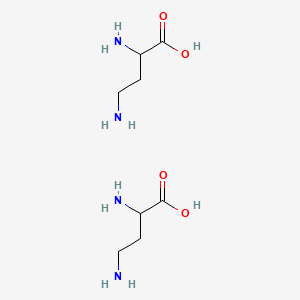Indeependent
Diamond Member
- Nov 19, 2013
- 73,633
- 28,506
- 2,250
One "Day" is Erev (Mixture) and Clarity (Boker) which is why, according to Torah law, an thing that requires a Yom does not require a 24 hour period.Try to understand the Hebrew and how it used. Today, we are familiar with the expression, "In my grandfather's day..." Certainly no one takes that to mean their grandfather lived one day.
No. One day = 24 hrs. In the prophecies, one day = one year.
"In our opinion, examination of the Hebrew word for “day” and the context in which it appears in Genesis will lead to the conclusion that “day” means a literal, 24-hour period of time.
The Hebrew word yom translated into the English “day” can mean more than one thing. It can refer to the 24-hour period of time that it takes for the earth to rotate on its axis (e.g., “there are 24 hours in a day”). It can refer to the period of daylight between dawn and dusk (e.g., “it gets pretty hot during the day but it cools down a bit at night”). And it can refer to an unspecified period of time (e.g., “back in my grandfather’s day . . .”). It is used to refer to a 24-hour period in Genesis 7:11. It is used to refer to the period of daylight between dawn and dusk in Genesis 1:16. And it is used to refer to an unspecified period of time in Genesis 2:4. So, what does yom mean in Genesis 1:5–2:2 when used in conjunction with ordinal numbers (i.e., the first day, the second day, the third day, the fourth day, the fifth day, the sixth day, and the seventh day)? Are these 24-hour periods or something else? Could yom as it is used here mean an unspecified period of time?"

Does Genesis chapter 1 mean literal 24-hour days? | GotQuestions.org
Does Genesis chapter 1 mean literal 24-hour days? Could the days in Genesis chapter 1 represent long periods of time?www.gotquestions.org
AFAIK, this is how creation science interprets it, but some believe in evolution or false science.





